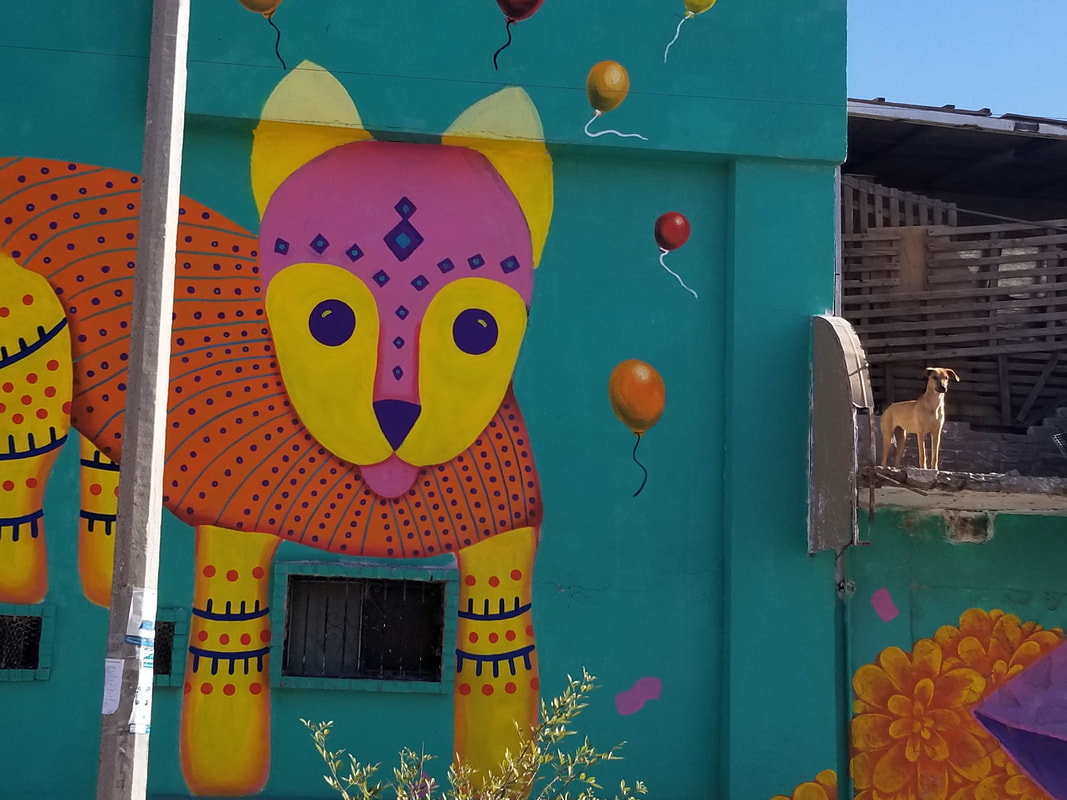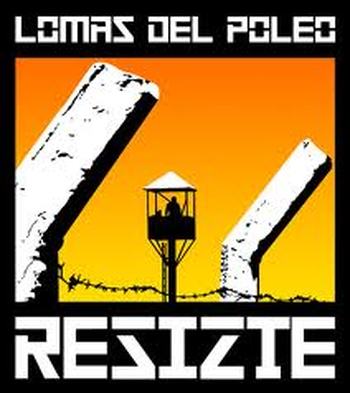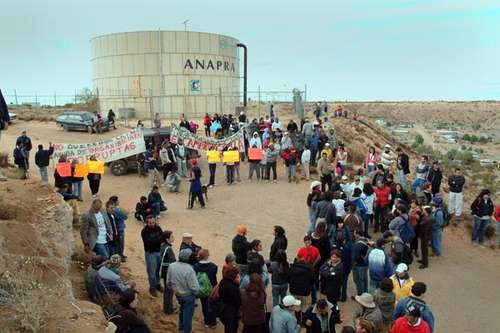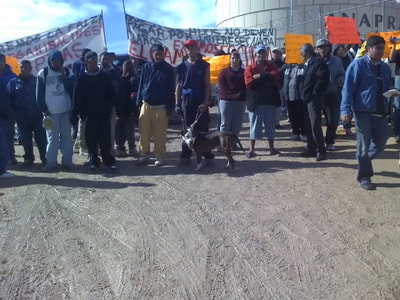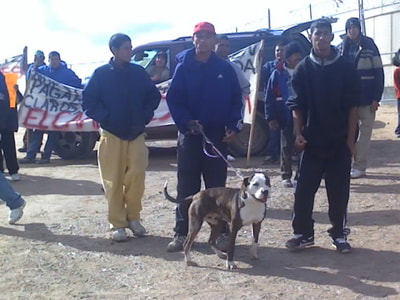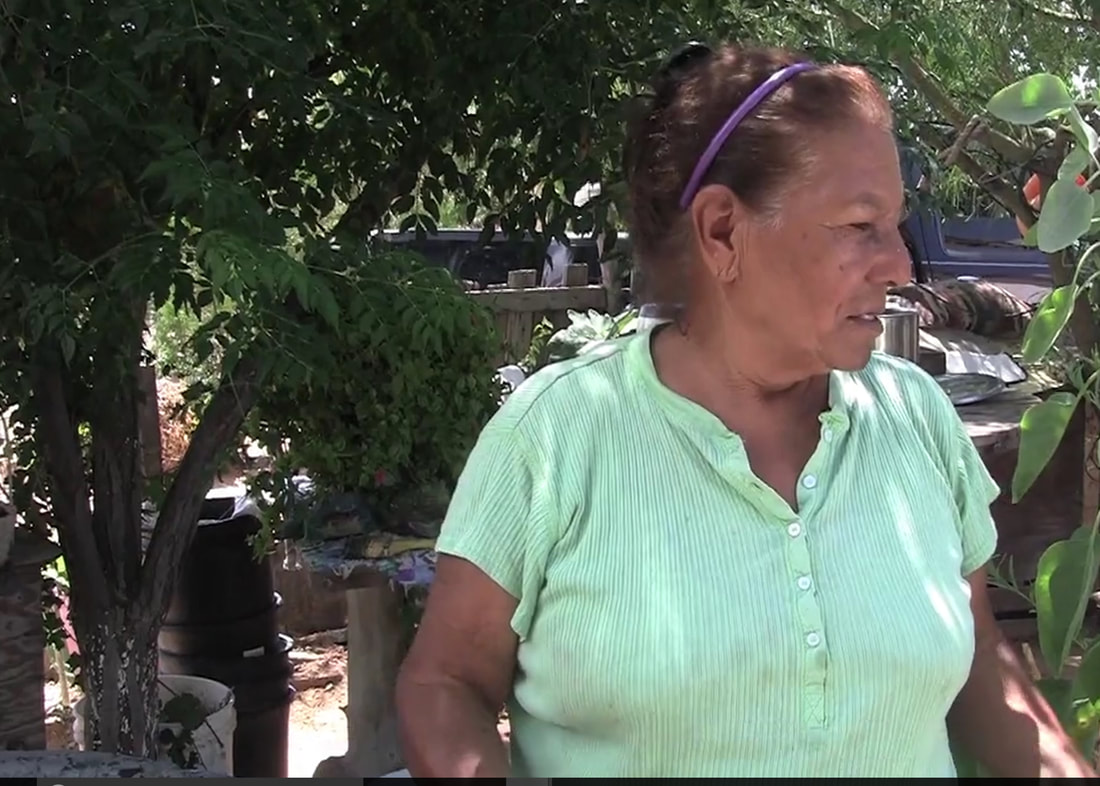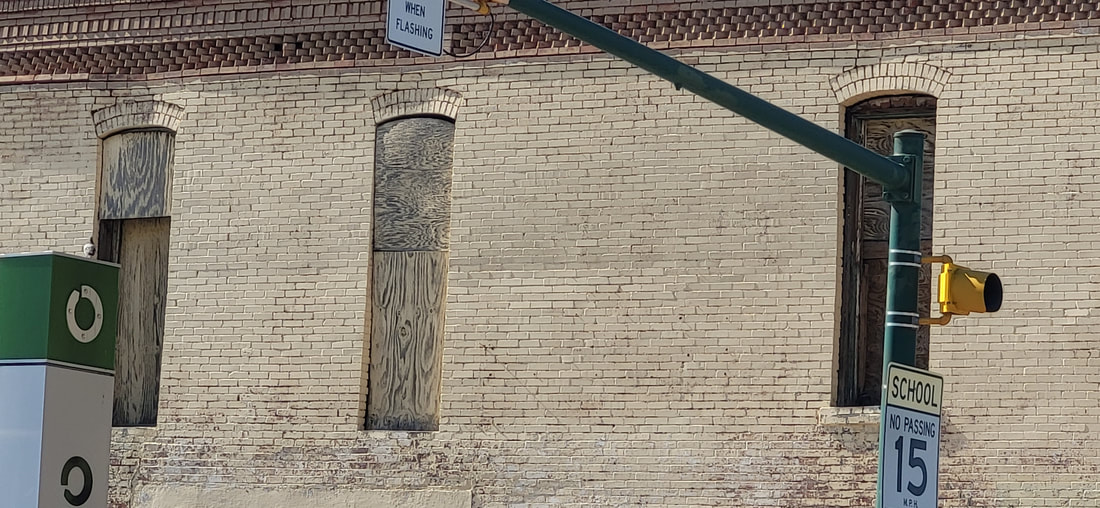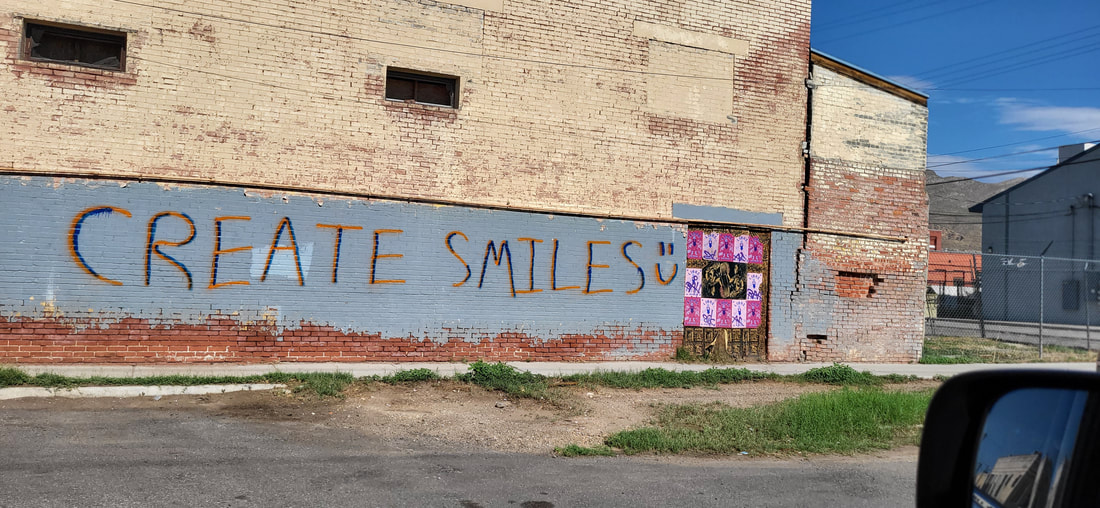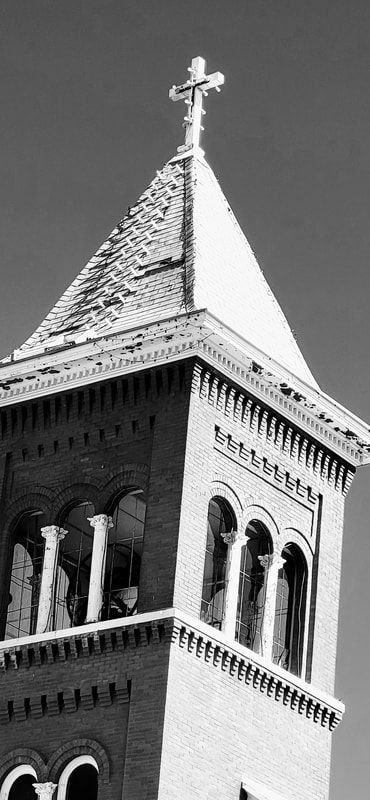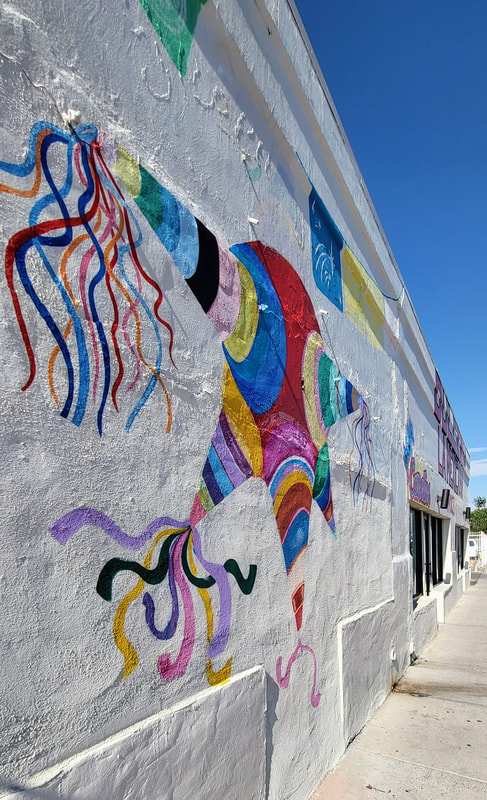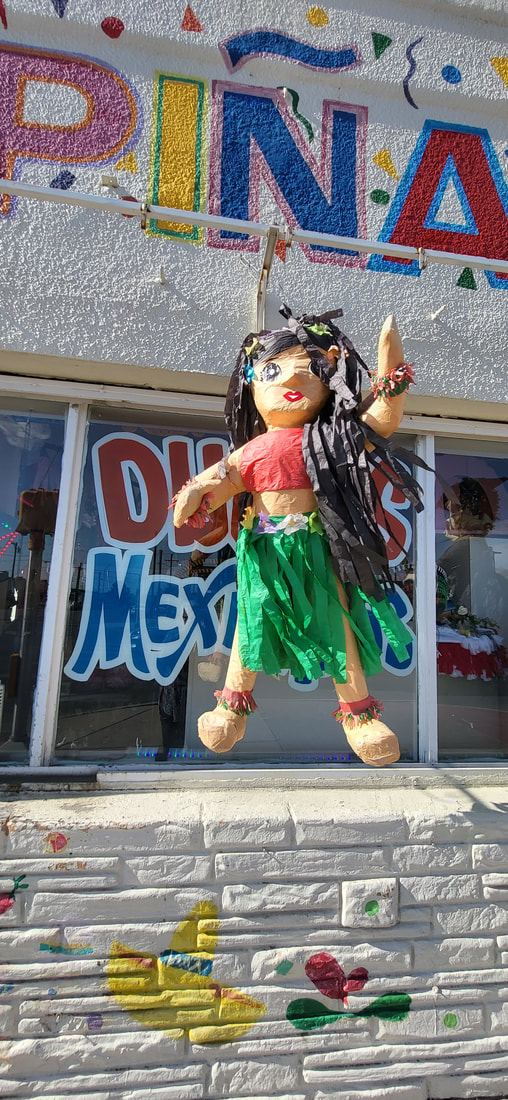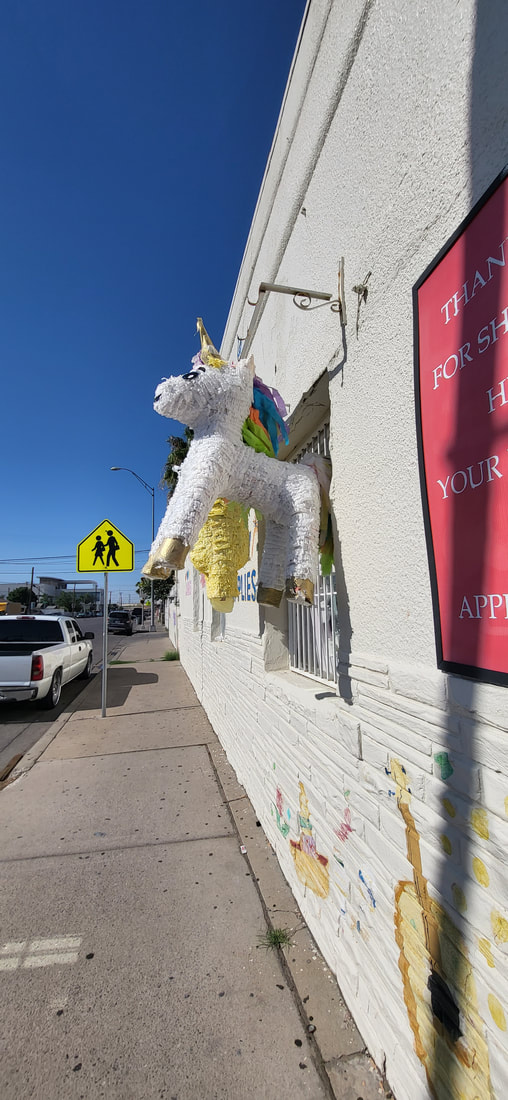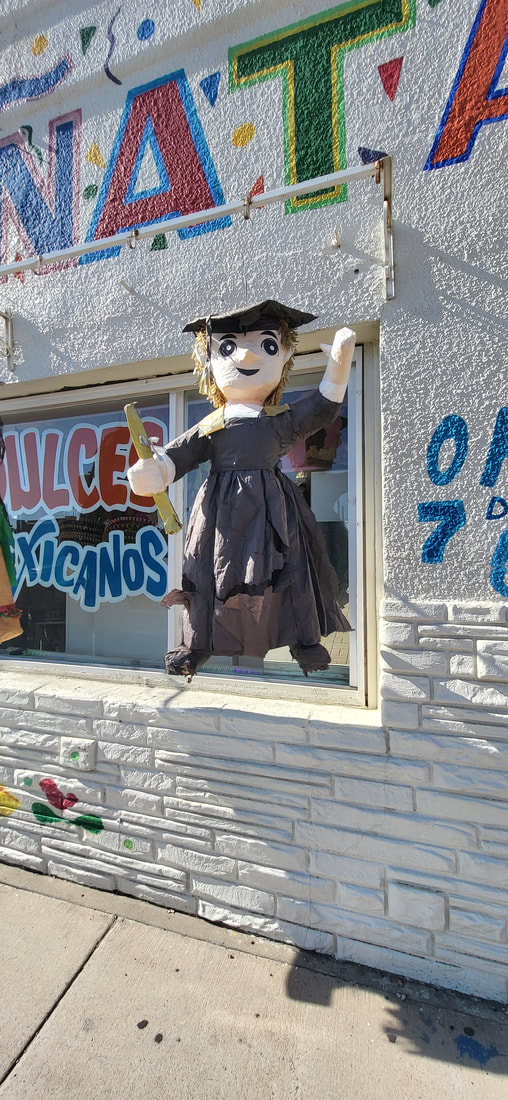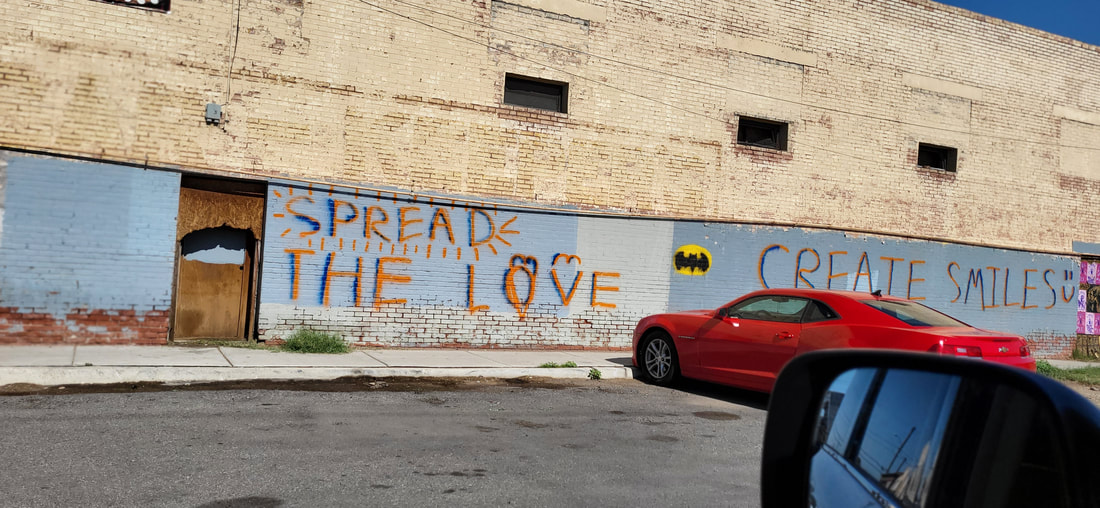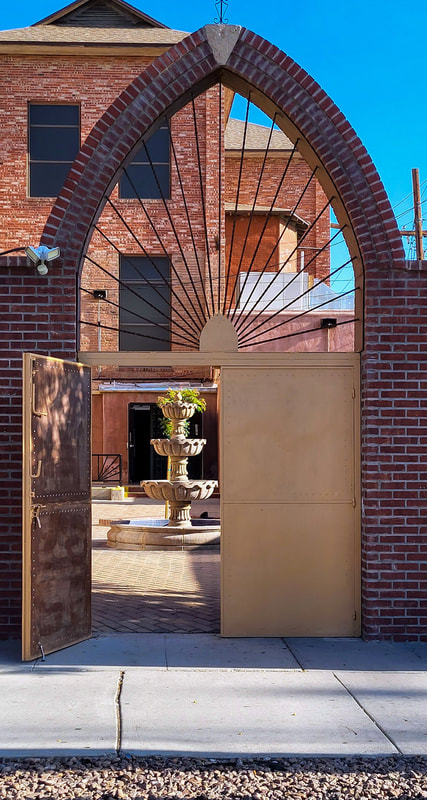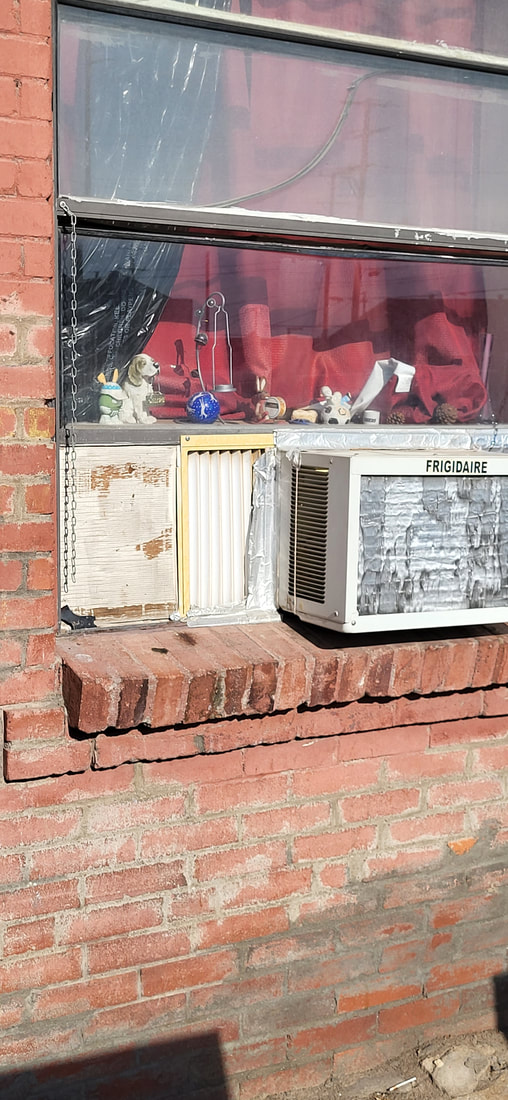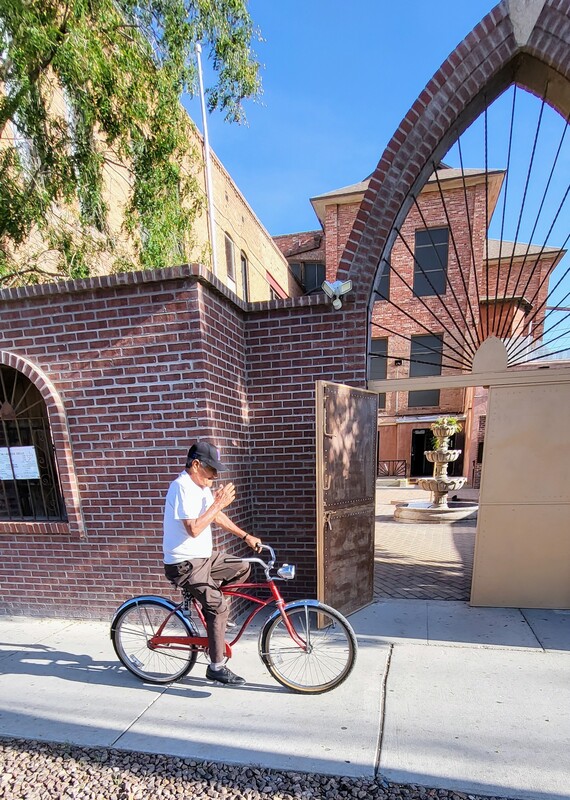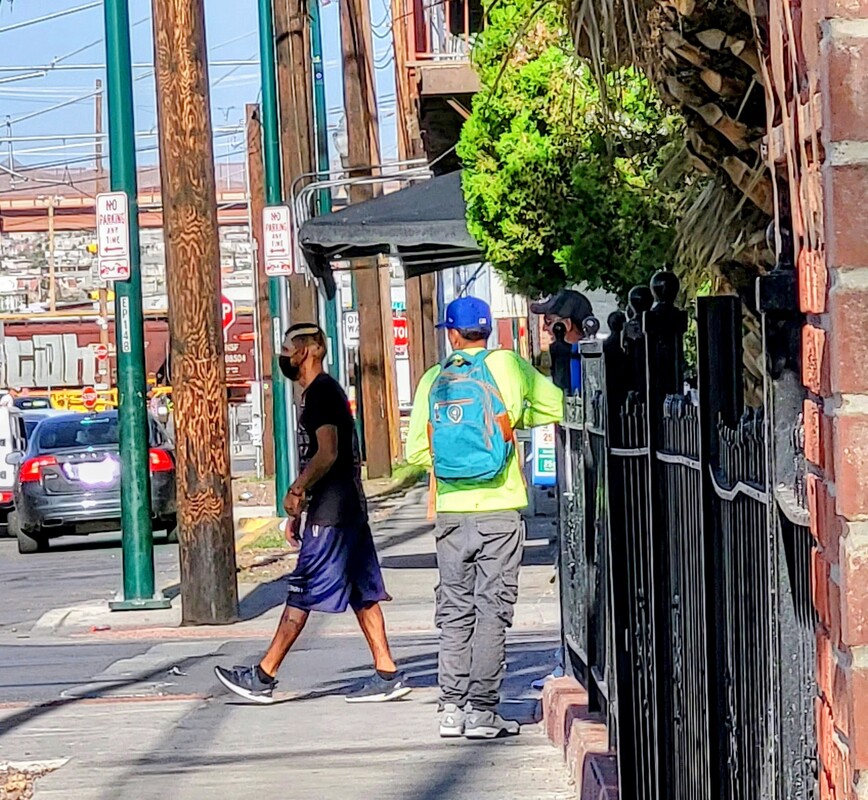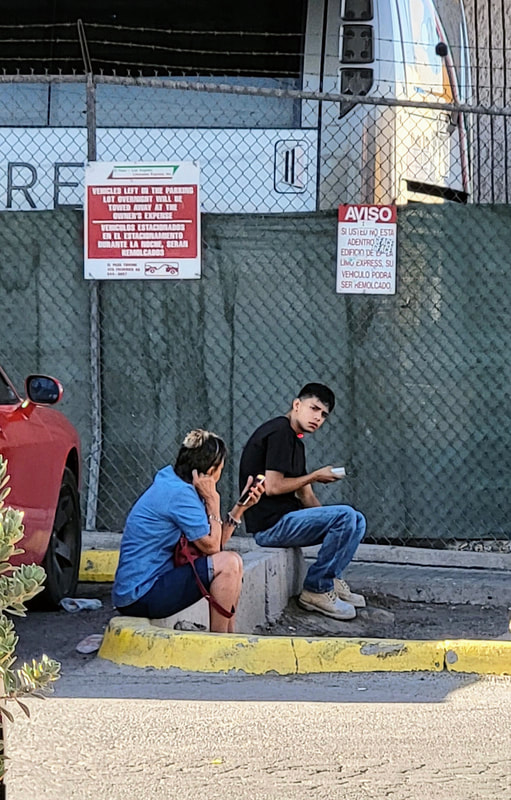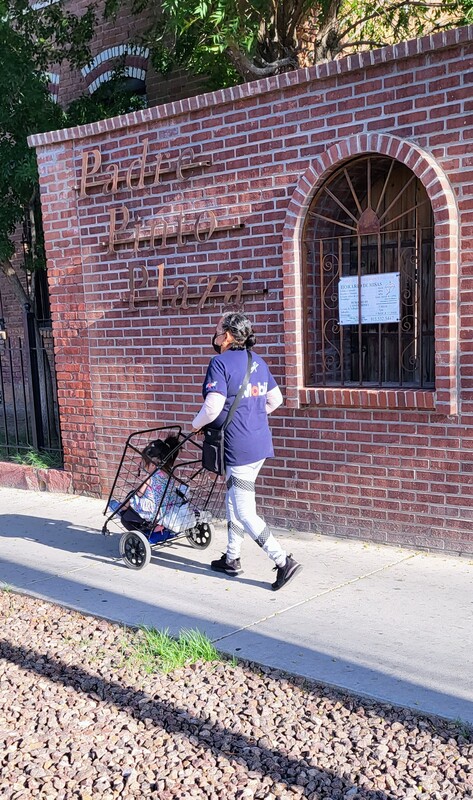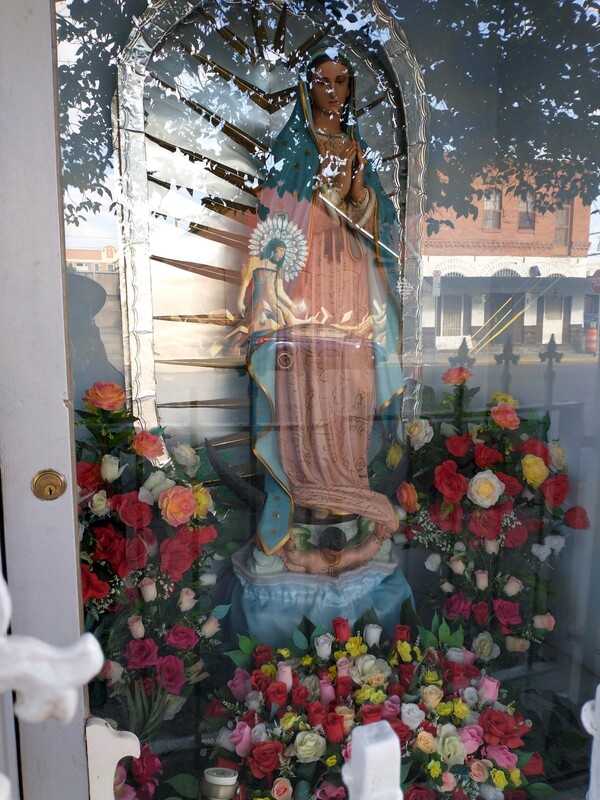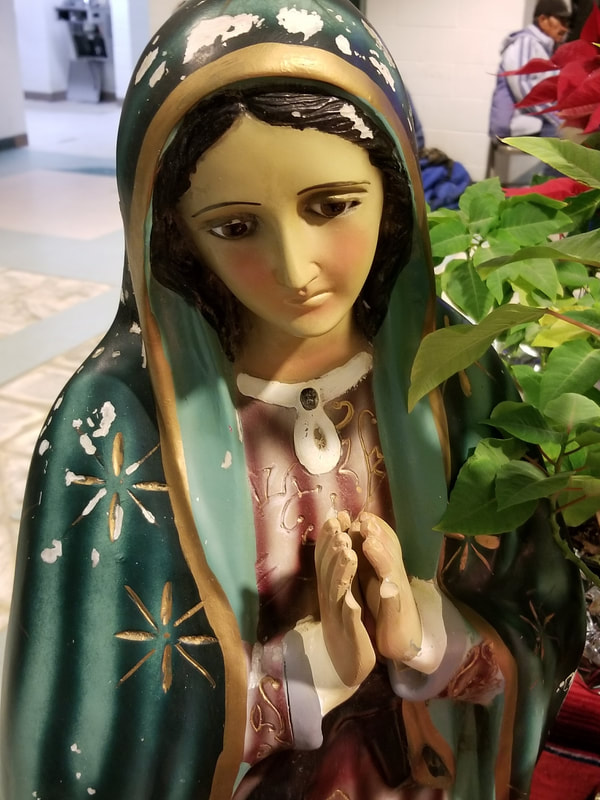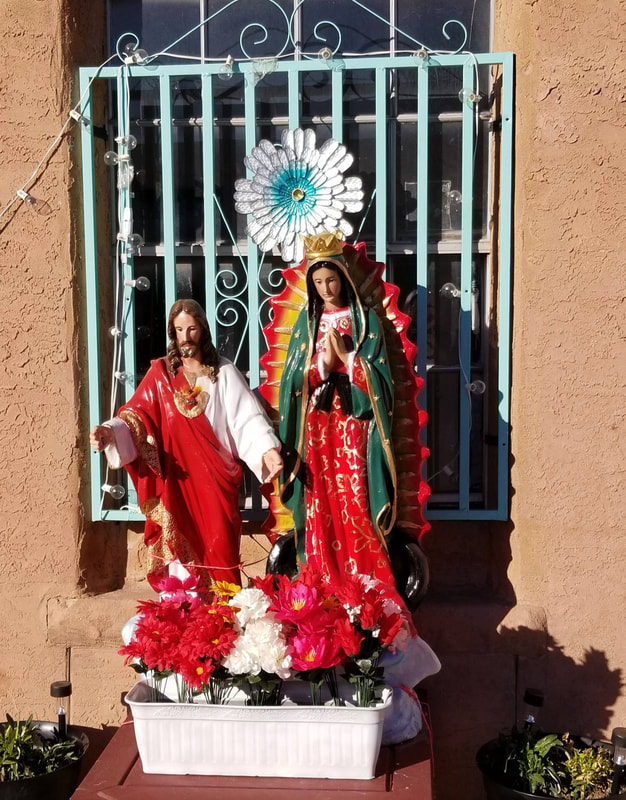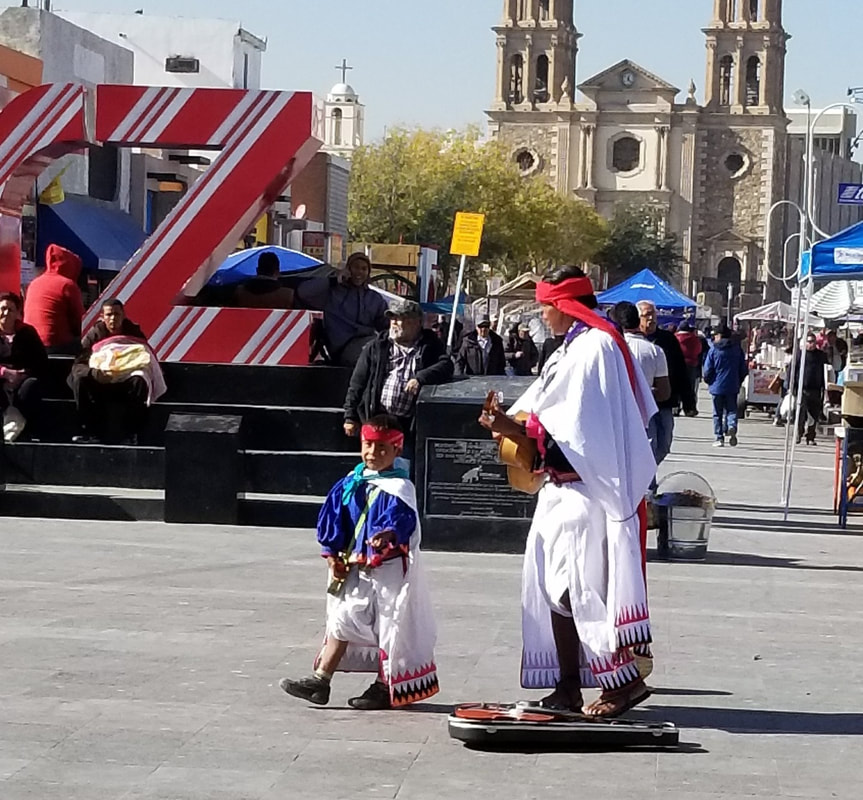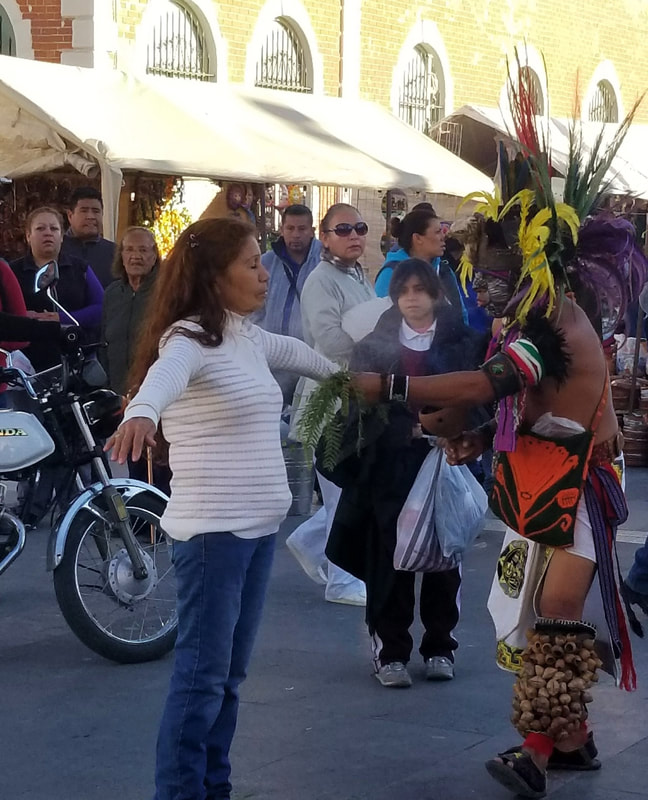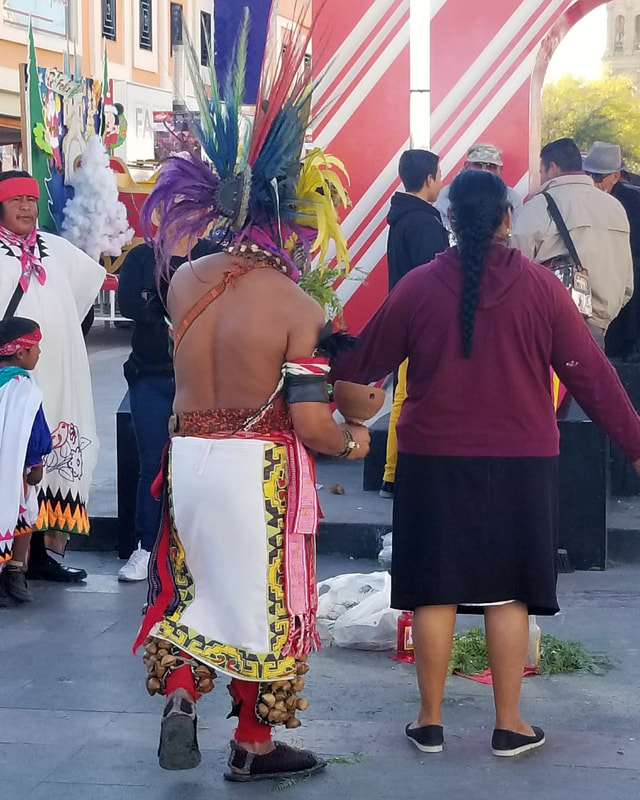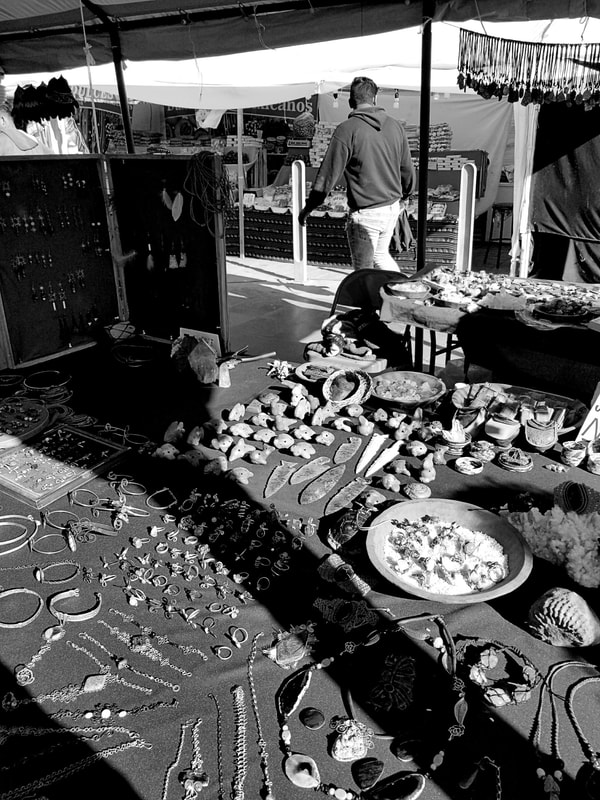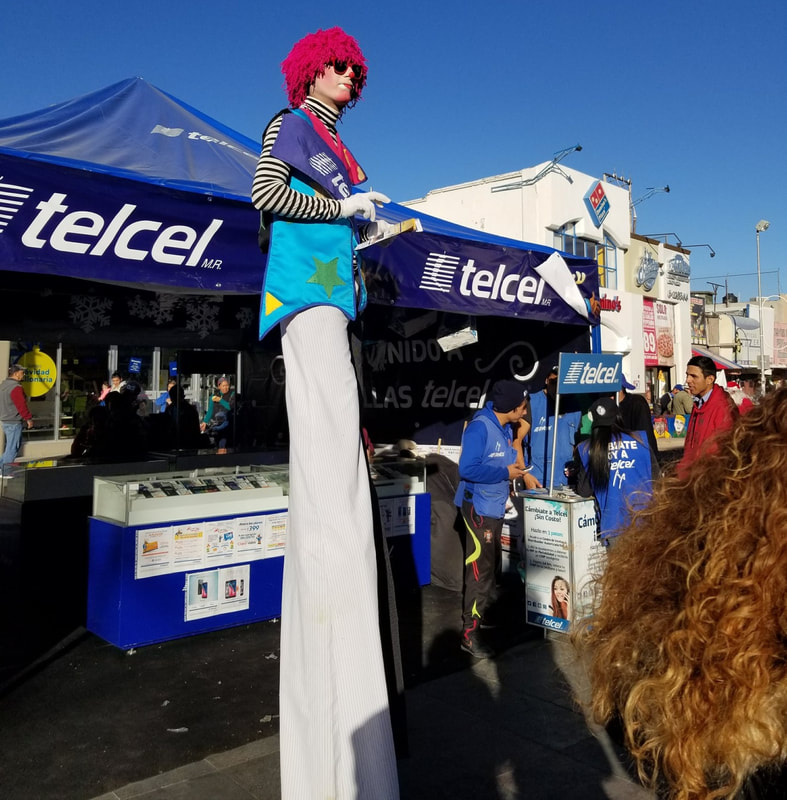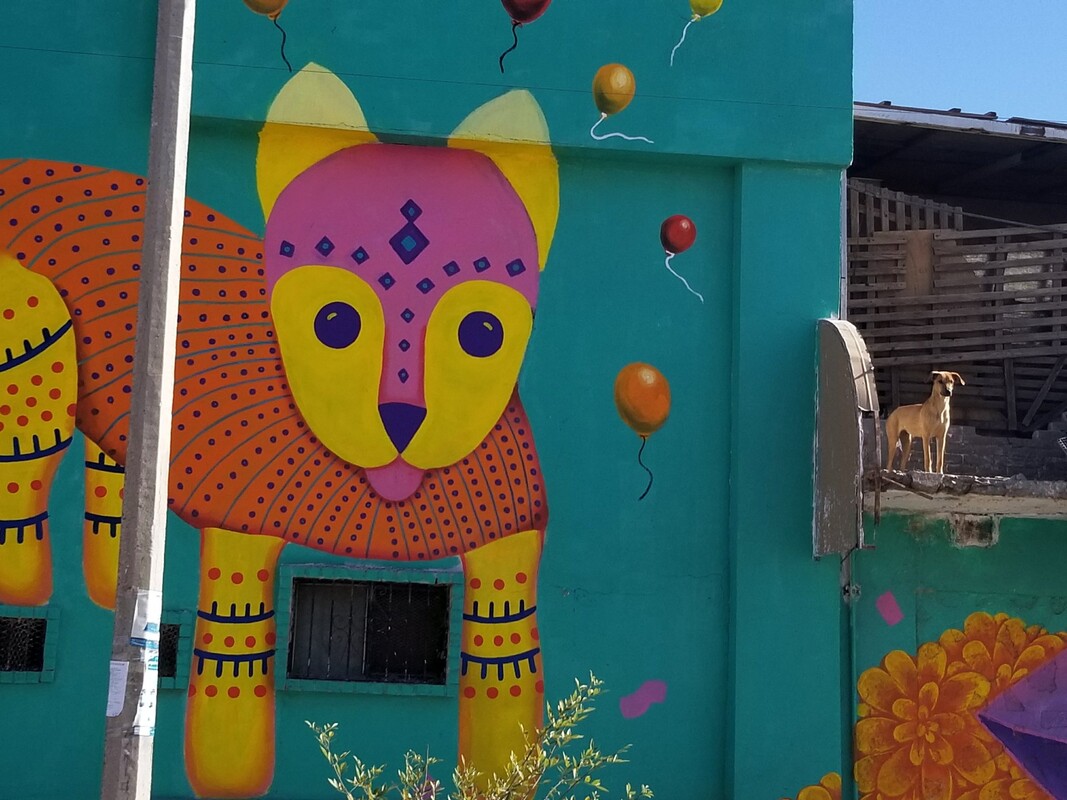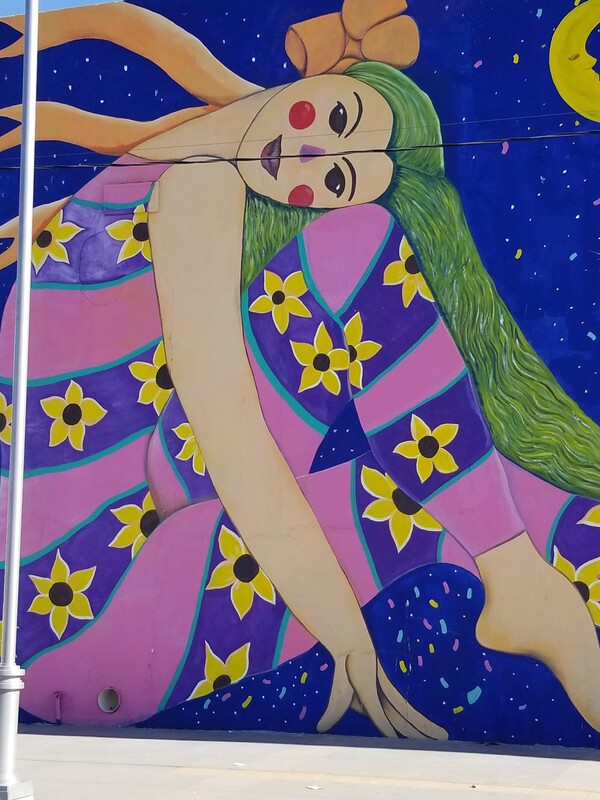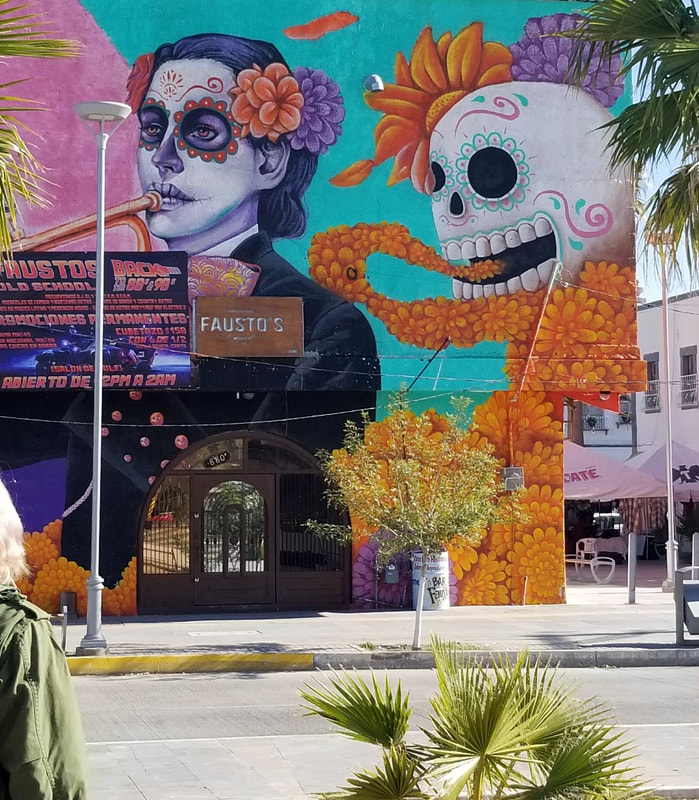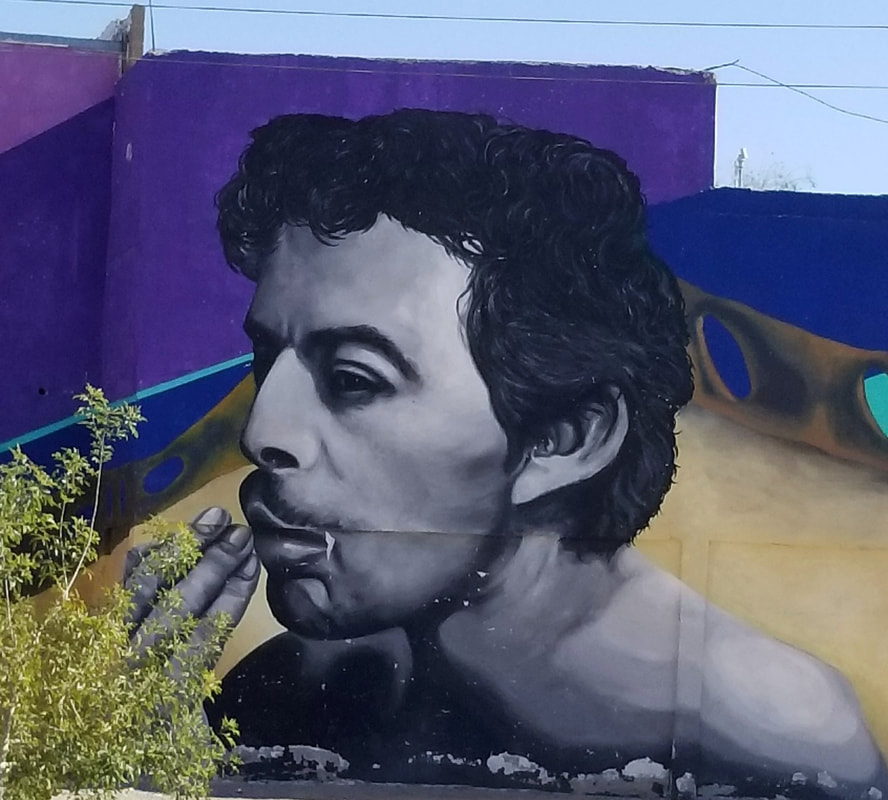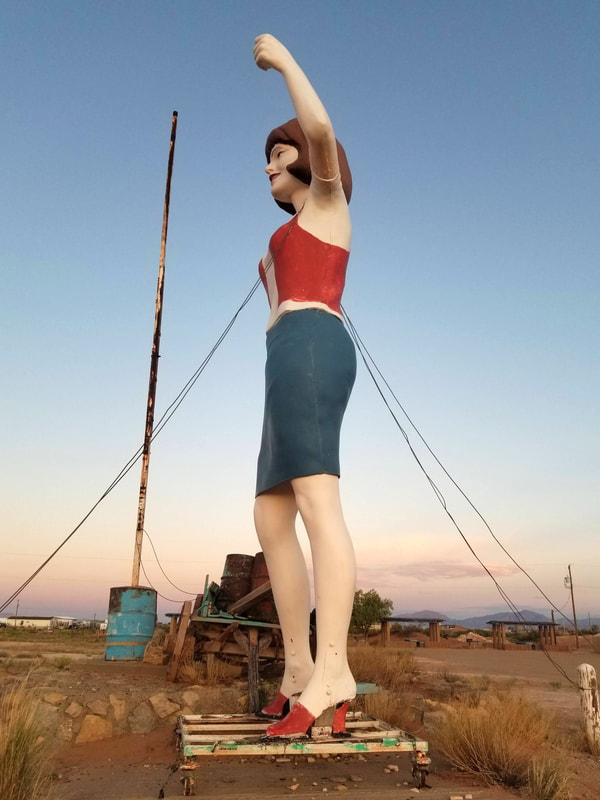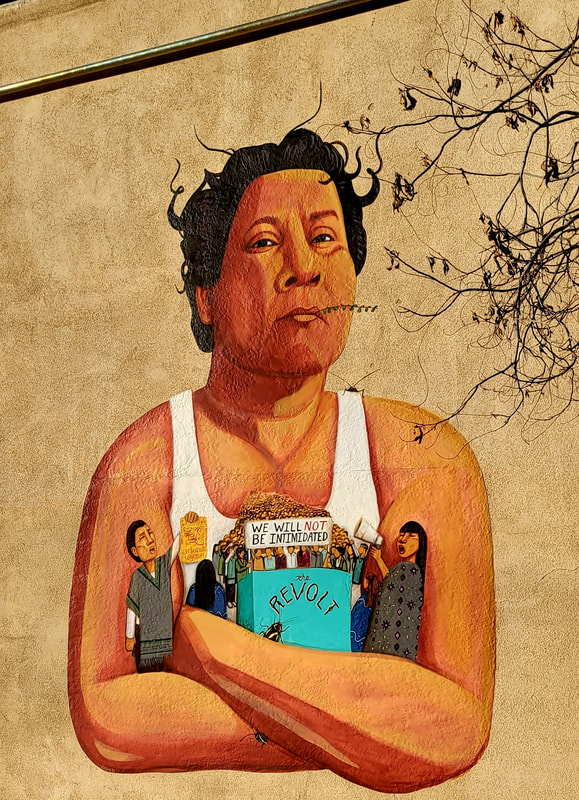|
I have a confession to make, one that is painful for me as a fronteriza. For ten years, I didn't go to Ciudad Juárez, my birth place, a city whose lights I admire every night, a place where my identical twin sister was buried 61 years ago in the panteon municipal, where I still have familia. I used to go regularly. Then the violence happened-- not just the drug-related violence that resulted in the deaths of thousands and brought Juárez the horrifying reputation of "murder capital of the world," but a violence that confronted me directly. It took me years to realize that I was traumatized. In 2007, Paso del Sur, a group I had helped found the previous year to fight displacement of poor communities in El Paso, began to work with organizers at Lomas del Poleo. The community built on a mesa, on the outskirts of Juárez, five miles from the international border, was a virtual concentration camp as Pulitzer Prize-winning journalist Eileen Welsome reported here Dating back to at least 1970, the residents of Lomas built their homes of cinder block and wood pallets, raised chickens and goats, planted small fields and fruit trees, and left for work every morning. Then a group of wealthy developers decided that they would build a highway through Lomas, leading to a new maquiladora city San Jeronimo. Developers involved in this project overlapped with the same developers proposing the demolition of El Segundo Barrio in El Paso. It seemed logical to oppose their plans to demolish working class communities on both sides of the border. Beginning in 2003, the wealthy Zaragoza family of Juarez began attacking the peaceful community, claiming the land was theirs. By the time we became involved in 2007, the Zaragozas had build a barbed wire fence around the community and built guard towers. Homes were bulldozed while people went to work. Children died in a mysterious fire. An activist was killed. Eventually the community's lawyer would be assassinated on the way to court. The Catholic chapel was razed and Father Bill Morton, a American Columban father who had fought for the people, was expelled from Mexico. Eventually, the community's school was closed. Still, Mexican activists continued to fight for the rights of the people of Lomas del Poleo for years and the residents themselves resisted displacement. Lomas del Poleo protest, photo by Bruce Berman. Originally published http://www.jornada.unam.mx/2009/03/19/sociedad/048n1soc In 2007, residents and activists on both sides of the border came together to share stories and support each other. Under attack by overlapping groups of wealthy developers and confronted by a new focus on developing the border region as a place of global commerce, they had much in common. One action involved the people of Lomas del Poleo protesting in front of the American consulate in Juárez demanding justice for the people of El Segundo Barrio while the people of El Segundo Barrio protested in front of the Mexican consulate in El Paso demanding justice for Lomas del Poleo. You can view a video of this action here. Photos published by http://orpoin.blogspot.com/2007_12_01_archive.html In 2007, activists from Mexico and the United States came together for a forum at Lomas del Poleo. We were blockaded by young men with dogs, chains, and bats. Behind them stood a group of women taunting us. A man on horseback surveilled us, carrying a rifle. We called the police who said they could do nothing. We continued the forum, there outside the barbed wire fence. Poets like Dr. Selfa Chew read poetry to the pandilleros who were threatening us. Eventually we moved to the bottom of the mesa and continued the cultural activities and at the end of the day, took the bus back to our homes. I remember feeling outside of my body, watching the young men glare at us, threatening us with their weapons. The following month, I returned to Juárez for one of my regular visits, thinking I was fine. My visit coincided with the arrival of federal troops to the border city as part of what was then known as Joint Operation Chihuahua. Over the course of the next few years, President Felipe Calderon would deploy thousands of federal troops to Juárez to fight drug cartels. Walking down Avenida 16 de Septiembre that day in early 2008, a military truck drove by with a soldier pointing a machine gun at pedestrians. I remember laughing with my friend Lucia, but inside I was terrified. It was a month short of a decade before I would return to the place of my birth. In the months and years following our encounter with the pandilleros, Lomas del Poleo garnered international attention from organizations such as Amnesty International and the International Civil Commission for the Observation of Human Rights. Most of the people would leave although the remaining residents would continue to protest, including a four month protest in front of the offices of the subsecretary of state public education in Ciudad Chihuahua in 2011-2012. In 2013, the state governments of Chihuahua and New Mexico approved the new binational plan that would connect Santa Teresa, New Mexico and San Jeronimo, Chihuahua. The TECMA website touted the development this way: "What has been a rough, sandy plot dotted with little more than mesquite trees and scrub brush is steadily morphing into a US $412 million, state-of-the-art facility capable of facilitating the transit of billions of dollars in global commerce." You can read the article here. Like so many upsurpers in history, such a description makes the people of Lomas del Poleo invisible. There are a few families left but "development" is occurring in the once peaceful place where families built their homes and raised their familias. In this 2011 oral history-based documentary, "Colonia Perdida," you can hear the memories of people of what life was like before the violence: "Colonia Perdida." Doña Luci, resident of Lomas del Poleo, scene from "Colonia Perdida." When I finally returned to Juárez this week, confronting my trauma and fear, I remembered the people of Lomas del Poleo who suffered day after day, week after week, year after year in the face of threats, violence, and intimidation because developers wanted their land. Over the years, I've felt guilt that I stayed away so long because of that day in Lomas del Poleo. I wondered if I was just an overly sensitive estadounidense. But I know that day tapped into a deep trauma for me, perhaps carried over from the generations of my family who lived through violence. I also know that returning to the place of my birth, finally after all this years, allowed me to breathe again.
I remember Lomas del Poleo now not with fear and trauma but with respect and admiration for the people who fought and continue to fight for their homes in the face of overwhelming odds.
1 Comment
Nelson Bank
7/3/2018 04:31:10 pm
I'm wondering what the status of Lomas de Poleo is these days.
Reply
Leave a Reply. |
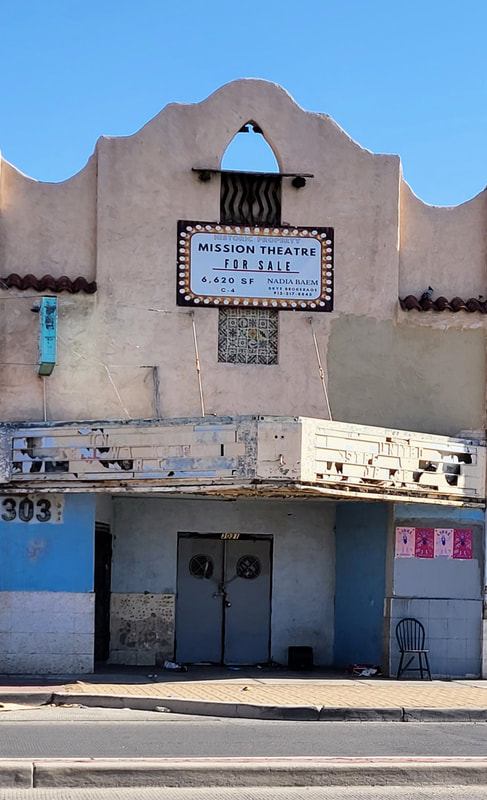
My father used to tell me about sneaking into this theater to watch movies as a kid in the 1910s. It showed Spanish language films. In the 1940s, it was transformed into a "whites only" theater but that didn't last long. By the 1950s, it was headquarters to the Mine, Mill, and Smelter Workers Union, a radical labor organization. Before it closed, it housed the Mine and Mill Bar.
Segundo Barrio
Father Rahm Street
July 2022
La Virgensita en la frontera
Cd Juarez downtown
December 2017
La Mariscal, Ciudad Juarez, 2017
Montana Vista 2019
El Centro July 2022
